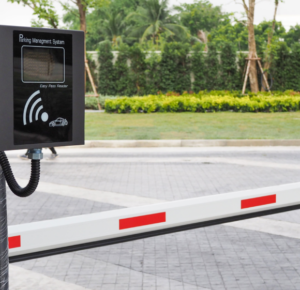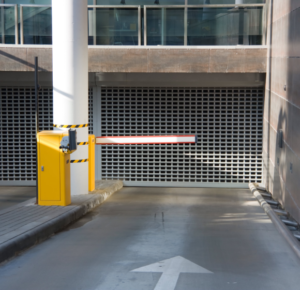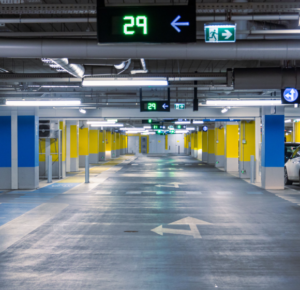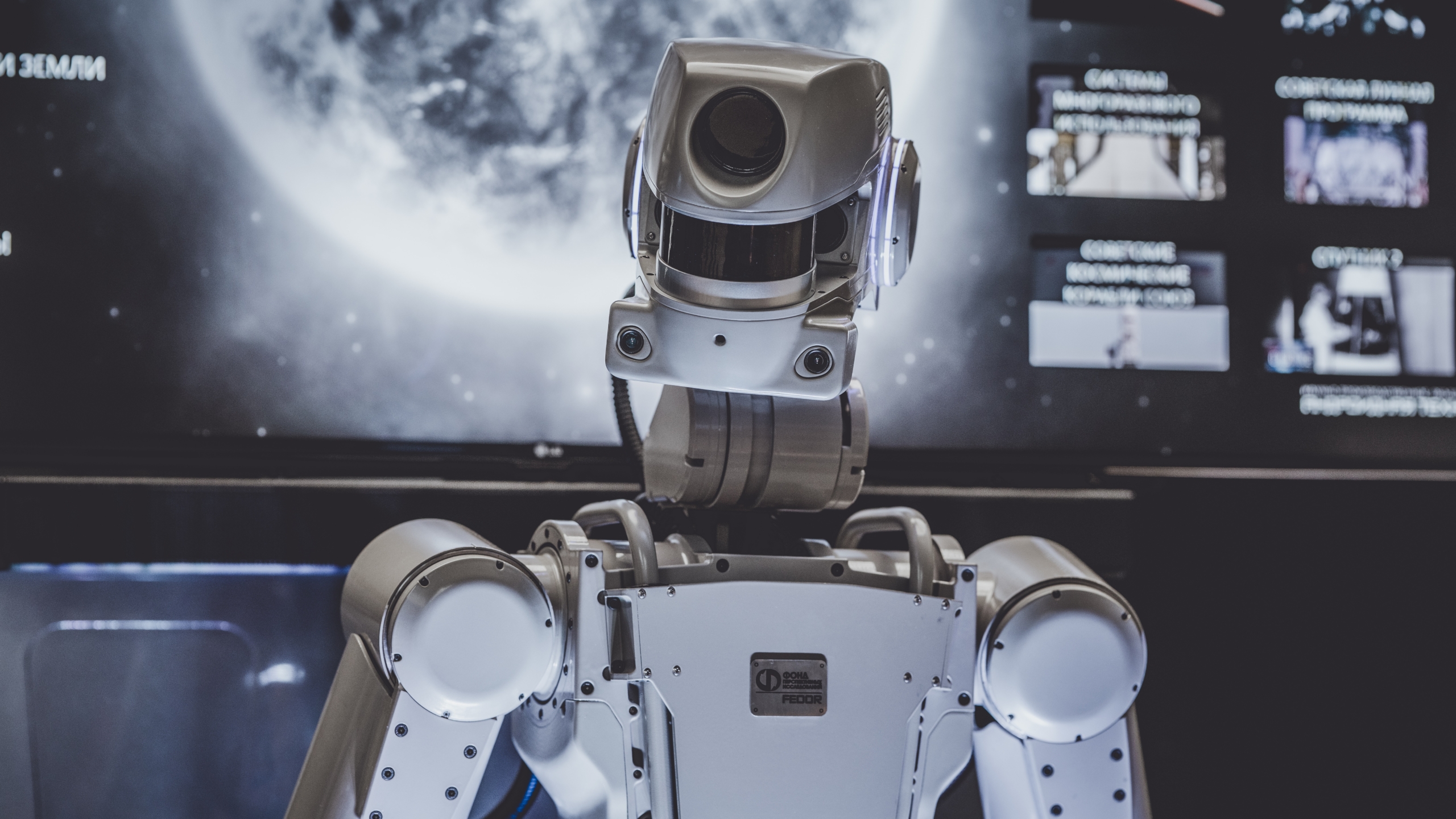The Future of Security and Enforcement Robots

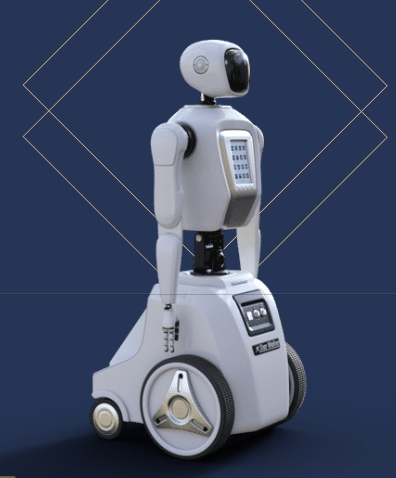
- July, 2023
- Grant Furlane, Locomobi World
As technology continues to advance, the future of security and enforcement robots is becoming increasingly promising. These robots have the potential to revolutionize the way we approach security and law enforcement.
One of the main advantages of security and enforcement robots is their ability to operate 24/7 without the need for breaks or rest. They can be programmed to perform a variety of tasks, such as patrolling an area, monitoring surveillance cameras, and even detecting and responding to potential threats. This can greatly improve the efficiency and effectiveness of security measures, as well as reduce the need for human personnel in potentially dangerous situations.
Another benefit of security and enforcement robots is their ability to collect and analyze data in real-time. This data can be used to identify patterns and potential threats, allowing for proactive measures to be taken before an incident occurs. Additionally, the use of robots in law enforcement can help to reduce bias and increase objectivity, as they are not influenced by personal emotions or preconceptions.
However, there are also concerns regarding the use of security and enforcement robots. One of the main concerns is the potential for these robots to be hacked or malfunction, which could result in serious consequences. Additionally, there are ethical considerations surrounding the use of robots in law enforcement, such as the potential for misuse or abuse of power.
So how do we minimize the concerns of security and enforcement robots?
As the use of security and enforcement robots becomes more prevalent, it is important to address concerns related to their operation and impact. One way to minimize these concerns is to prioritize transparency and accountability in the development and deployment of these robots. This includes providing clear information on how the robots are programmed to operate and what measures are in place to prevent misuse or malfunction.
Another key factor is ensuring that these robots are designed with privacy and civil liberties in mind. This means implementing strict protocols for data collection and storage, as well as limiting the scope of their surveillance capabilities to only what is necessary for their intended purpose. Additionally, it may be beneficial to involve community members and stakeholders in the development and testing of these robots to ensure that their concerns and perspectives are taken into account.
In terms of enforcement, it is important to establish clear guidelines and protocols for how these robots will be used in situations that require force or intervention. This may include outlining specific scenarios where the use of force is justified, as well as implementing measures to prevent excessive use of force or abuse of power.
Overall, minimizing concerns related to security and enforcement robots requires a multifaceted approach that prioritizes transparency, accountability, privacy, and community involvement. By taking these factors into account, we can work towards developing a responsible and effective use of these technologies that benefits society as a whole.
Despite these concerns, the future of security and enforcement robots looks promising. As technology continues to advance, we can expect to see more sophisticated and effective robots being developed for these purposes. It is important, however, that we approach this technology with caution and consideration for its potential impact on society. By doing so, we can ensure that security and enforcement robots are used in a responsible and ethical manner.
Locomobi World Inc. has recently announced the launch of Mobi, a revolutionary parking and traffic enforcement robot that is set to transform the way we manage our roads and parking lots. Mobi is equipped with cutting-edge technology that enables it to read license plates and images, issue citations, and even guide people to their vehicles.
With its advanced capabilities, Mobi promises to streamline parking enforcement and reduce congestion on our roads. By automating the process of issuing citations, Mobi will help to ensure that parking regulations are enforced consistently and fairly, while also freeing up valuable time and resources for law enforcement agencies.
In addition to its enforcement capabilities, Mobi also has the ability to guide people to their vehicles, making it an invaluable tool for large parking lots and garages. Using its advanced sensors and mapping technology, Mobi can quickly and easily locate a parked vehicle and guide the driver directly to it.
Overall, Mobi represents a significant step forward in the field of parking and traffic management. Its advanced capabilities have the potential to revolutionize the way we think about parking enforcement and traffic flow, and could help to create safer, more efficient roads for everyone. As Locomobi World Inc. continues to develop and refine this groundbreaking technology, we can expect to see even more exciting innovations in the years to come.
To budget for or reserve your Robot fleet please contact Locomobi World …
Recent posts


